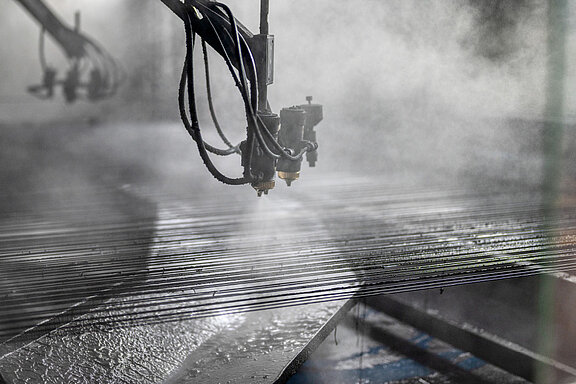In 2024, the Joint Research Centre (JRC) of the European Union developed a standardized protocol for accelerated stress testing (AST) of low-temperature water electrolyzers. The goal is to assess the performance degradation of electrolyzer stacks under various operating conditions, ensuring their durability and efficiency. The document outlines testing methods for alkaline electrolyzers (AWE), anion exchange membrane electrolyzers (AEMWE), and proton exchange membrane electrolyzers (PEMWE).
Examples from the Document:
- Realistic Operating Simulations: AST protocols vary voltage, temperature, and current density to replicate different load scenarios.
- Integration of Renewable Energy: Fluctuating power sources, such as solar and wind energy, are considered in testing due to their impact on electrolyzer operation.
- Hydrogen Quality Measurement: Compliance with ISO standards ensures a consistent purity level in the produced hydrogen.
- Material Fatigue in Membranes and Catalysts: Long-term stress tests analyze performance loss and identify strategies for material optimization.
The standardization of these tests provides research institutions and companies with a reliable basis for comparisons and innovation, helping to reduce costs and accelerate technological advancements.
Benefits of Electrochemical Impedance Spectroscopy (EIS)
The document highlights that electrochemical impedance spectroscopy (EIS) is an essential tool for analyzing the electrochemical properties of electrolyzer cells.
Key Benefits of EIS:
- Early Detection of Degradation Mechanisms: Resistance changes indicate material fatigue or performance loss.
- Optimization of Operating Parameters: Frequency analysis helps minimize efficiency losses and improve performance.
- Comparison of Cell Components: EIS enables detailed analysis of membranes, electrodes, and bipolar plates, aiding the development of better materials.
Thanks to EU standardization, EIS measurements can now be used more effectively for the advancement of hydrogen technologies.
Source: Joint Research Center (JRC)
File type: PDF
Publication: 2024
Language: English
Pages: 83
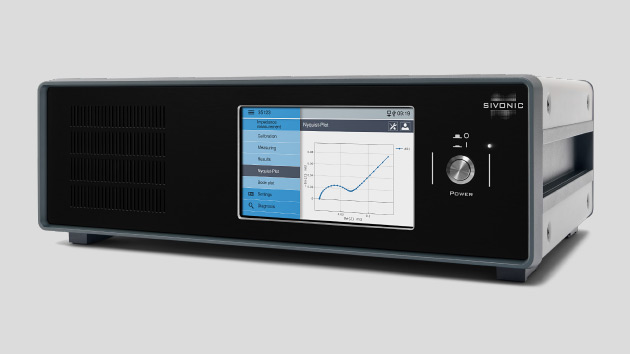
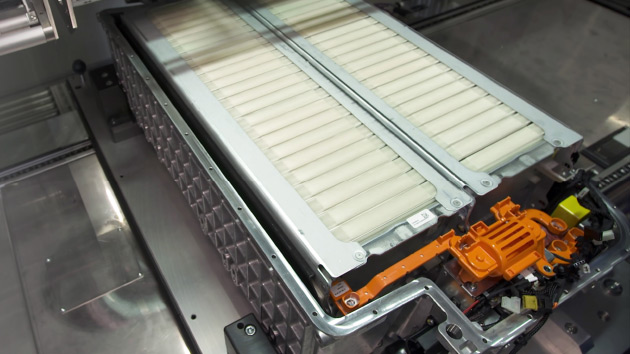
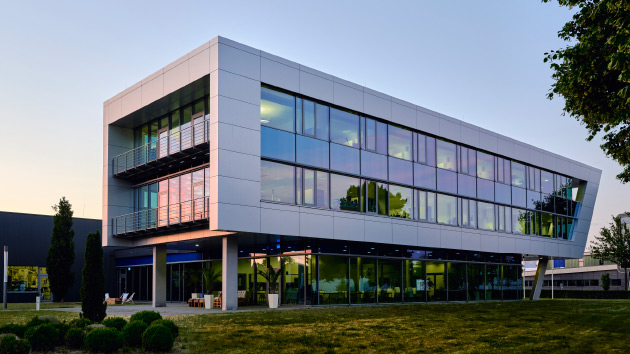
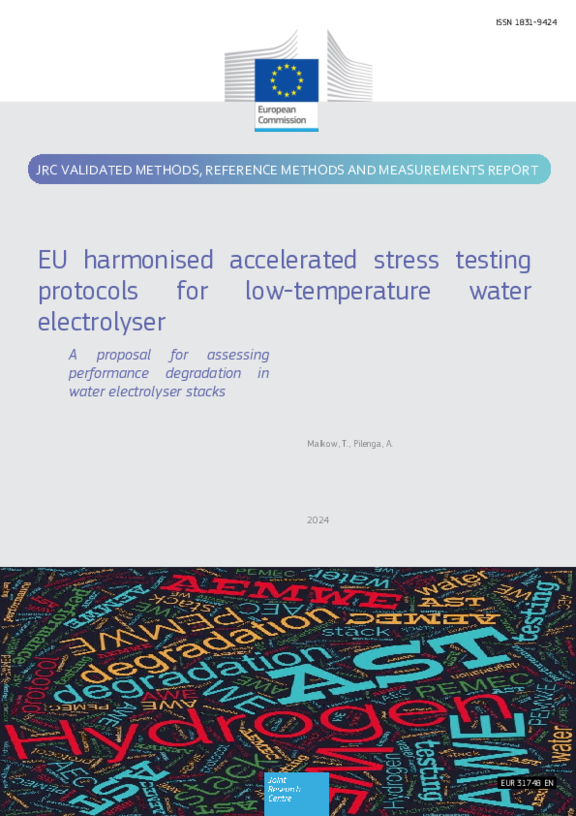
![Fuel Cell [Translate to Englisch:]](/fileadmin/_processed_/e/2/csm_img_Vorschau_Applikationen_Brennstoffzellen_5c9d48bd57.jpg)
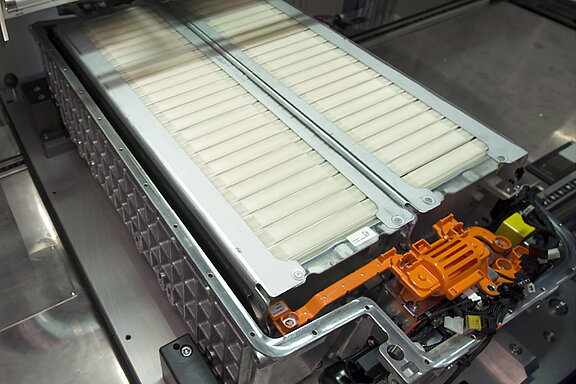
![Electrolysis [Translate to Englisch:]](/fileadmin/_processed_/c/5/csm_img_Vorschau_Applikationen_Elektrolyse_010bb10ebc.jpg)
![Corrosion [Translate to Englisch:]](/fileadmin/_processed_/b/0/csm_img_Vorschau_Applikationen_Korrosion_1a39355e33.jpg)
